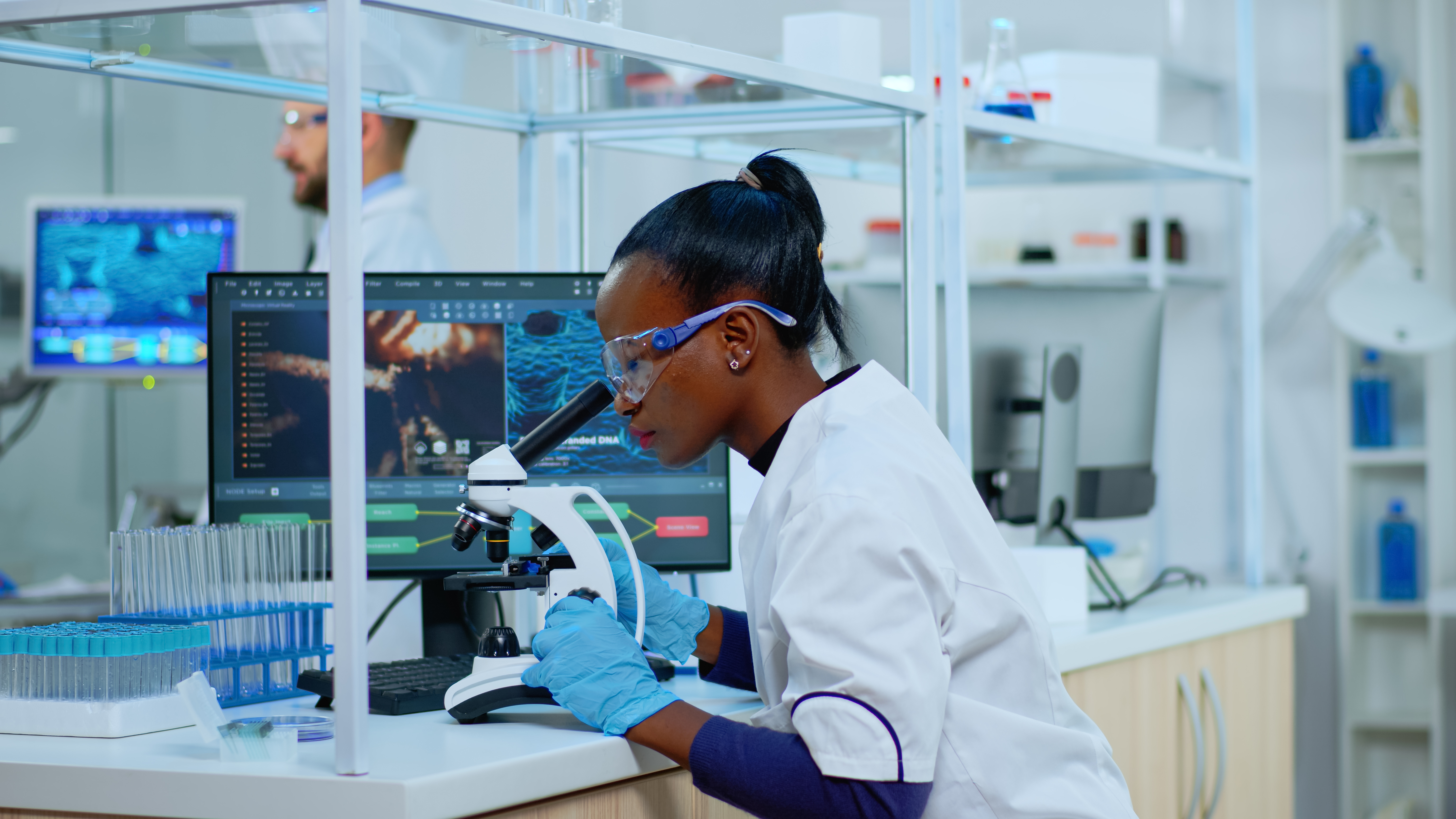200 Kshs | Home Collection Available
Pus Swab Culture Test
Synonyms
pus culture, pus culture and sensitivity test,
Purpose
Healthcare professionals use the pus swab culture test to identify bacteria responsible for infections in wounds, abscesses, boils, or other areas where pus collects. This test involves collecting a sample of pus or discharge from the infected site and culturing it to detect the presence of pathogenic organisms.
The test plays a vital role in guiding effective treatment, especially in cases of persistent, deep, or spreading infections. By identifying the specific bacteria causing the infection, clinicians can prescribe targeted antibiotics, helping to prevent complications such as sepsis or tissue damage.
Other laboratory tests that may be performed alongside a pus swab culture include antibiotic sensitivity testing (AST), complete blood count (CBC), wound smear or gram stain, and blood cultures.
Patient Preparation
No special preparations are required.
Samples for a Pus Swab Culture Test
Collect 3 ml of pus in a sterile screw cap, with a minimum volume of 1 ml. Sample the deepest part of the wound while avoiding the superficial microflora. Soak the swabs in pus and refrigerate the sample in a sterile transport medium such as Amies.

Reference Range
No growth obtained/ no pathogens isolated
Results Turnaround
4 days after receipt of samples.
Diseases / Diagnostic Indicators
Possible outcomes of the test include:
- Inconclusive result: Can occur if the sample is inadequate, contaminated, or delayed in transit. A repeat collection may be necessary for accurate diagnosis.
- Positive result: Indicates the presence of pathogenic bacteria or fungi in the sample. This confirms an active infection and helps determine the exact organism involved (e.g., Staphylococcus aureus, Streptococcus spp., or Candida species). The lab may also perform antibiotic sensitivity testing to guide treatment.
- Negative result: Suggests that no harmful organisms were detected in the sample. This may indicate that the infection is resolving, the wound is sterile, or the infection is caused by organisms not detectable by standard culture methods.
- Mixed growth: May indicate contamination or the presence of multiple types of bacteria, requiring further interpretation to distinguish true pathogens from normal skin flora.
For further information on the usage and relevance of pus swab cultures, see this study on pus swab culture.




